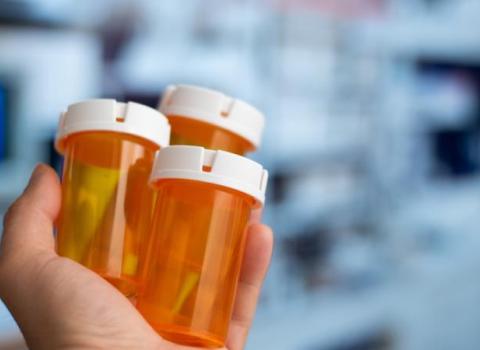Hospital wastewater is contaminated with drugs such as antibiotics, cytostatics and psychotropics that are not biodegradable and can still be found in traces after treatment in local sewage plants. Although the precise effects are not known, there is evidence that the feminisation of fish, resistance to antibiotics, and even a reduced sperm counts can be attributed to these residues in the water.
Now German researchers have developed a system for treating and purifying wastewater at source before it is discharged into the sewers, in a joint project with the Duisburg Institute of Energy and Environmental Technology and the Fraunhofer Institute for Environmental, Safety and Energy Technology.
After the suspended solids are deposited in a sedimentation tank the water passes into the reaction container, where ultraviolet light, hydrogen peroxide or ozone, produce radicals that destroy the active drug ingredients.
A notable feature of the system is that rather than tapping the hospital’s entire wastewater stream, it concentrates on partial streams such as the wastewater from the oncology department, which tends to be particularly highly contaminated. Other wastewater such as that of the hospital laundry or the kitchen does not flow unnecessarily through the system, and the drugs are thus concentrated in small quantities by volume.
“The method is extremely effective,” says project manager Bettina Becker. “Following treatment, over 99 percent of the tested substances are removed.”
The researchers tested wastewater to which cytostatics, antibiotics, psychotropic drugs and pain killers had been added.





 A unique international forum for public research organisations and companies to connect their external engagement with strategic interests around their R&D system.
A unique international forum for public research organisations and companies to connect their external engagement with strategic interests around their R&D system.